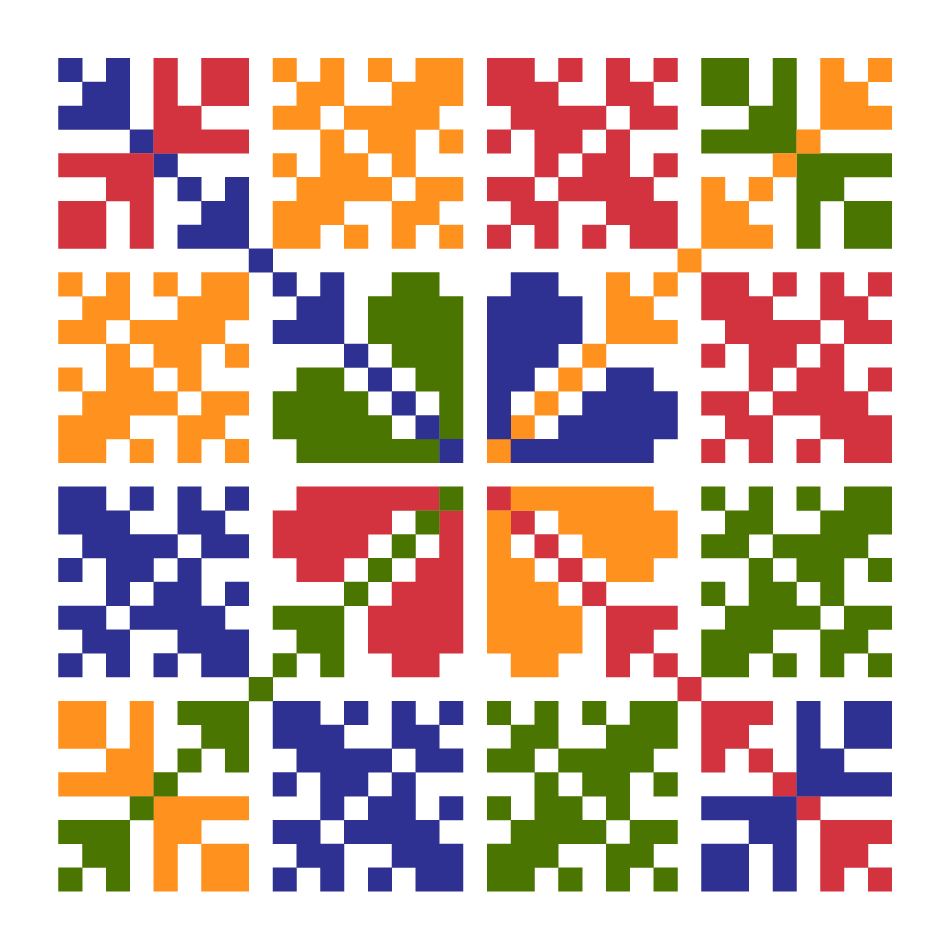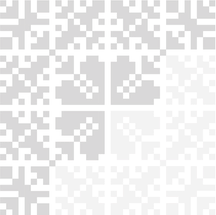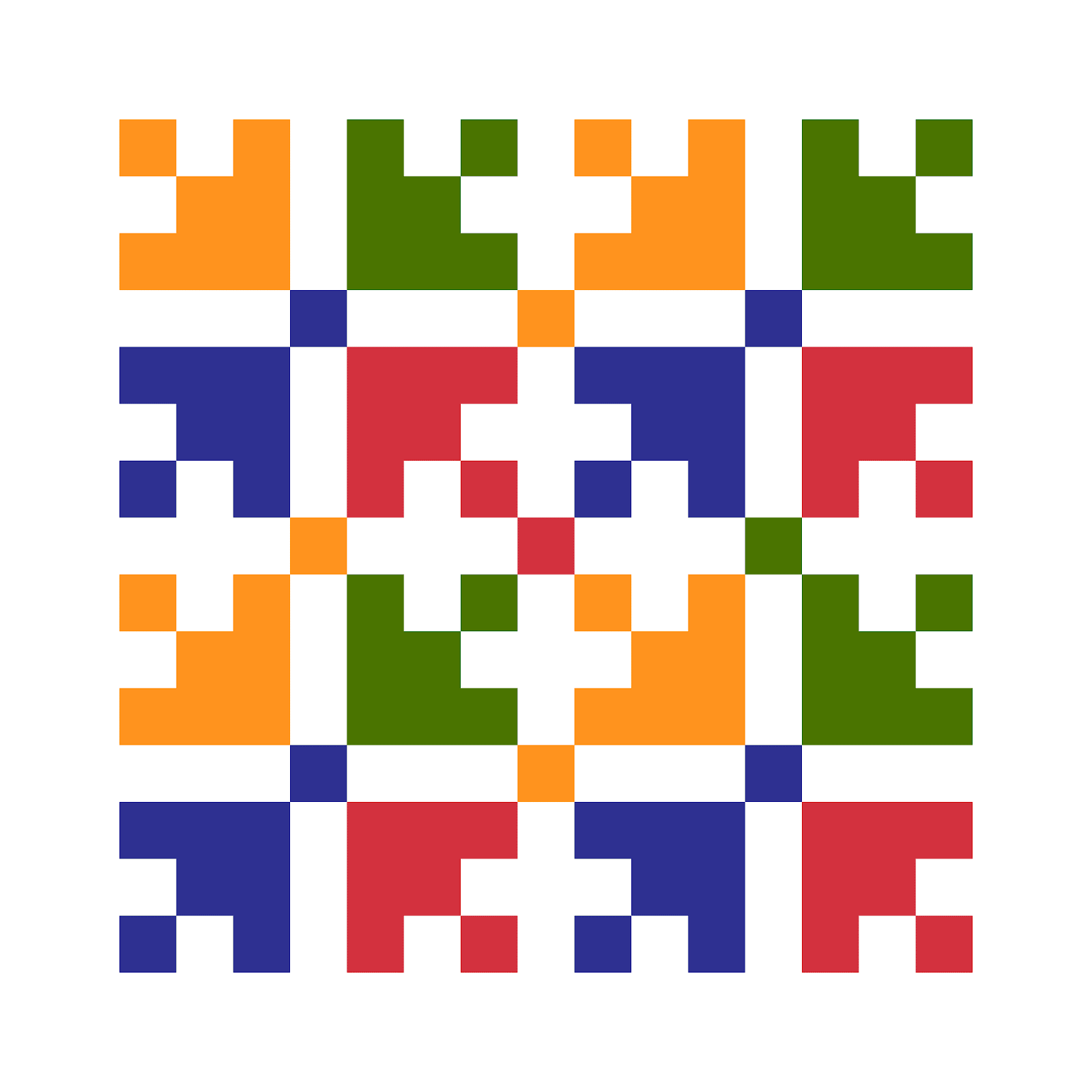C5 M2 L3 Grammar
5 | Modul 2: Gramatika
Novogodišnji praznici
5 | 2 | Lekcija 3: Novogodišnji planovi
| The Noun SAT (hour)
To answer the question U koliko sati?, you need to use the preposition U number noun SAT in the genitive case. Be careful, the noun sat has an irregular form. Look at the following three groups:
u 1 sat | u 2 sata u 3 sata u 4 sata | u 5 sati u 6 sati u 7 sati u 8 sati u 9 sati u 10 sati u 11 sati u 12 sati |
Most commonly, “u 12 sati” can be referred to as ponoć (midnight) or podne (midday).
As you can see, there are three forms of the word sat that are used in telling time. The form of sat depends on the quantity of hours mentioned:
After the number 1, we use the form sat. |
After the numbers 2, 3 and 4 we use the form sata (genitive singular of sat). |
After 5 (and through 20) we use the form sati (genitive plural of sat). |
After the number 20, listen carefully to how you say each number. Based on the last number you say, it will indicate what rule to follow. For example, if you have number 21, it means that the last number you pronounce is “1” - thus, you need to say 21 [dvadeset i jedan] sat. This pattern is standard when counting objects in Croatian. You will learn more about counting objects in the coming units.
| Official style for telling time
The 24-hour clock is used in Croatia for schedules and public announcements, in print and in the media. In the 24-hour clock in Croatian, 1pm becomes trinaest sati (13:00) and for the hours up to dvadeset sati (20:00), we continue to use the form sati. At 9pm or 21 hours, we say: dvadeset jedan sat, and for 22, 23, 24 we say, dvadeset dva-tri-četiri sata (back to the Genitive singular of sata).
u 21:00 sat | u 22:00 sata u 23:00 sata u 24:00 sata | u 13:00 sati u 14:00 sati u 15:00 sati u 16:00 sati u 17:00 sati u 18:00 sati u 19:00 sati u 20:00 sati |
5.2 Zadatak 4. Koliko je sati?
🔊Listen to the speaker and what times are expressed. Decide whether each picture indicates the right time.
5.2 Zadatak 5. Sat
| The Noun DOBA (time period)
The Croatian noun doba grammatically follows the rules of the neuter gender. Thus, we should say, for example: lijepo doba. You have already learned about the noun dob. Do not confuse the noun DOBA (n.) with DOB (f.)! They are both irregular in their gender and ending, but they also mean different things.
| doba – (time) period |
u zimsko doba (during the winter time) |
doba dana (period of a day) |
godišnje doba (period of a year – i.e., season) |
| dob – age |
mlada dob (young age) |
stara dob (old age) |
5.2 Zadatak 6. Dob ili doba?
Read the following sentences carefully and choose the correct word (dob or doba).
| The Verb STIĆI (to arrive)
The verb stići (to arrive somewhere) will not follow the pattern of other motion verbs that end in -ći. The verb went through several historical changes and it is best to just memorize the form as it is.
SINGULAR | PLURAL | ||||
ja | sti-g-n-em | mi | sti-g-n-emo | ||
ti | sti-g-n-eš | vi | sti-g-n-ete | ||
on/-a/-o | sti-g-n-e | oni/-e/-a | sti-g-n-u | ||
| The Verb PASTI (to fall down)
Verbs with the infinitive ending in –sti never have present tense and infinitive bases which are the same, if this –sti follows a vowel. It may be the same if the ending follows a consonant. The true verbal root ends in a plosive consonant (t, d, p, b) to which -n- is sometimes added before the final ending. More about these verbs in the following units.
SINGULAR | PLURAL | ||||
ja | pa-d-n-em | mi | pa-d-n-emo | ||
ti | pa-d-n-eš | vi | pa-d-n-ete | ||
on/-a/-o | pa-d-n-e | oni/-e/-a | pa-d-n-u | ||
| The verb KAZATI (to say)
Even though the verb kazati ends in -ati (thus, one would assume the verb would take the endings -am; -aš; -a; etc.), it belongs to a special group of verbs. Some verbs that have -d-, -t-, -k-, -g-, -s-, -z-, -c-, -h- in front of – ati merge these sounds with -j- producing a new sound and then add the – em endings to form the present tense.
SINGULAR | PLURAL | ||||
ja | ka-ž-em | mi | ka-ž-emo | ||
ti | ka-ž-eš | vi | ka-ž-ete | ||
on/-a/-o | ka-ž-e | oni/-e/-a | ka-ž-u | ||
5.2 Zadatak 7. Glagoli
Images used in this document are from these sources.




